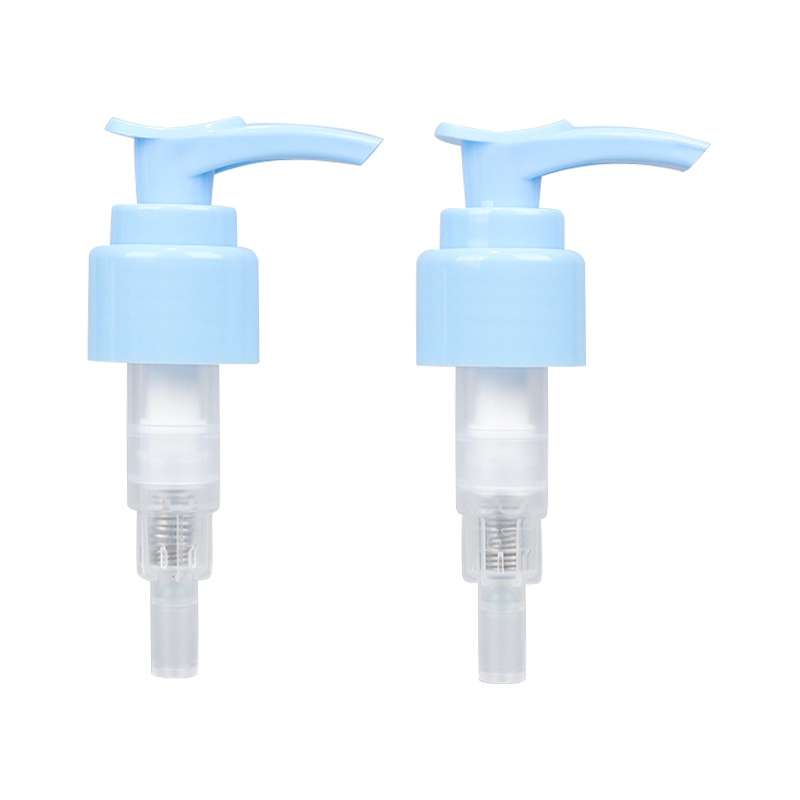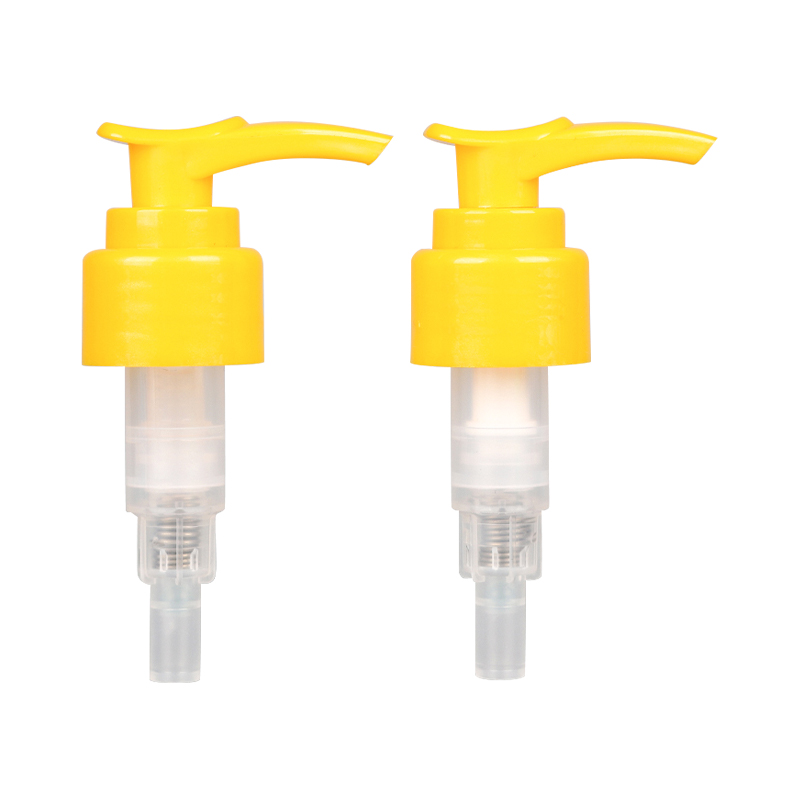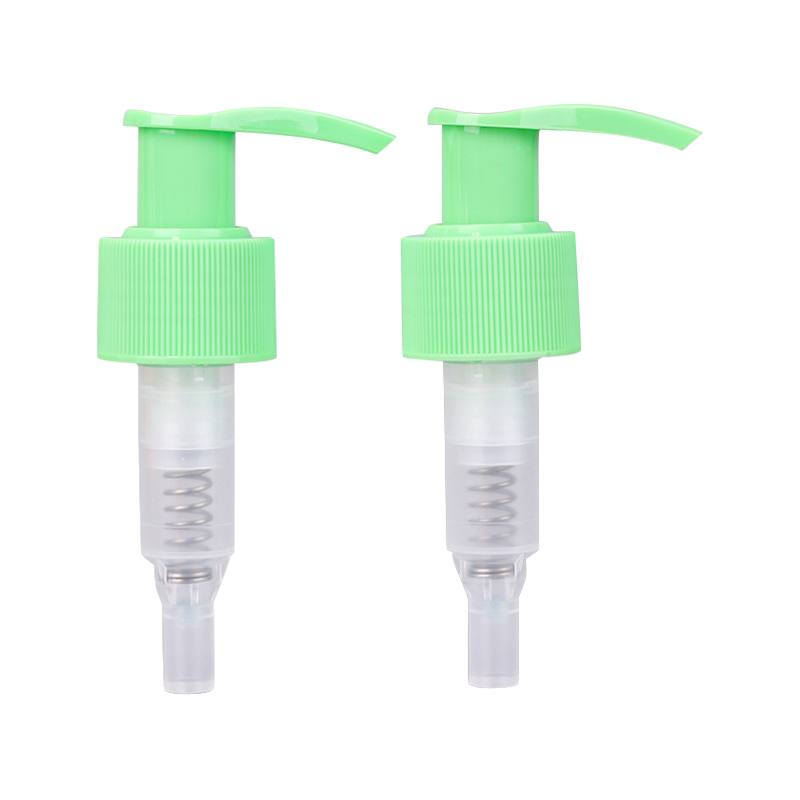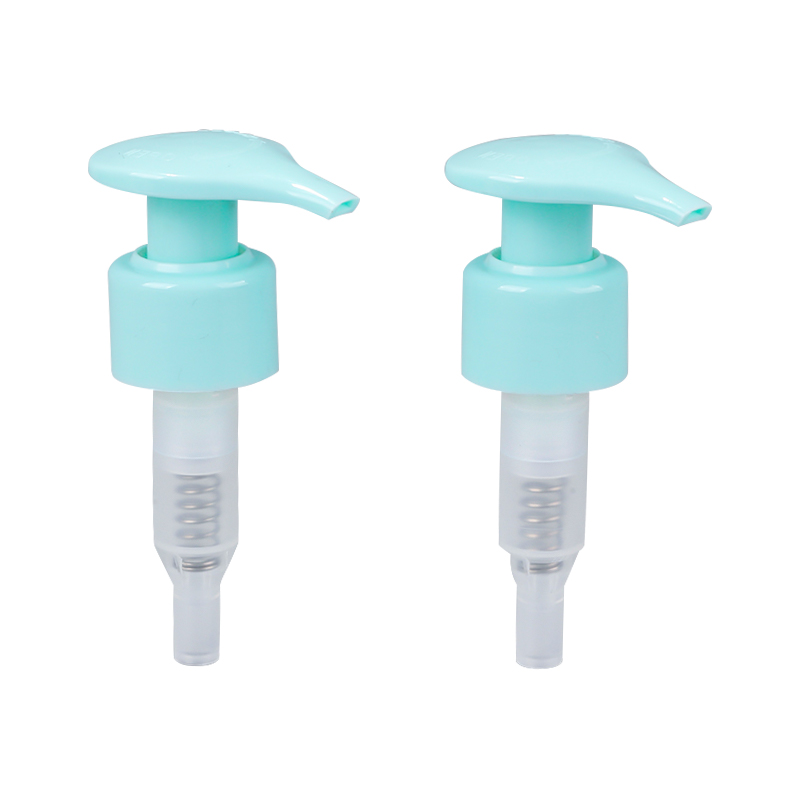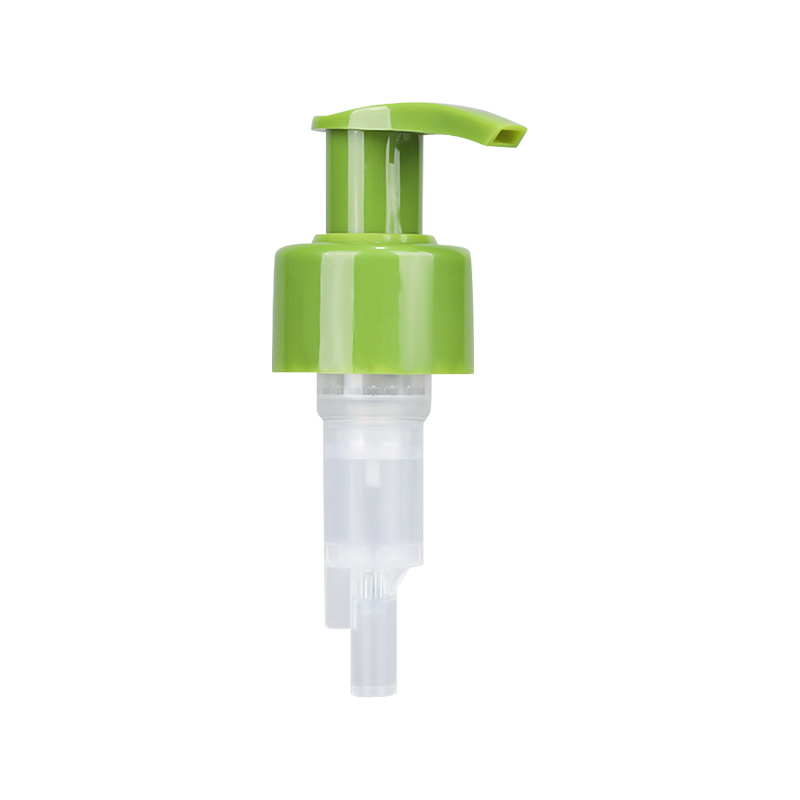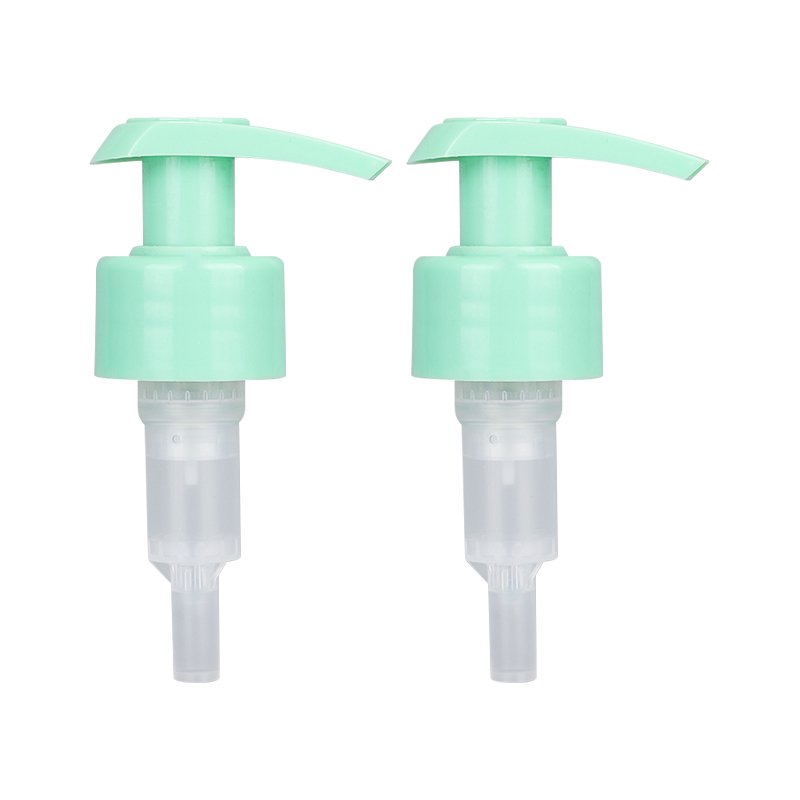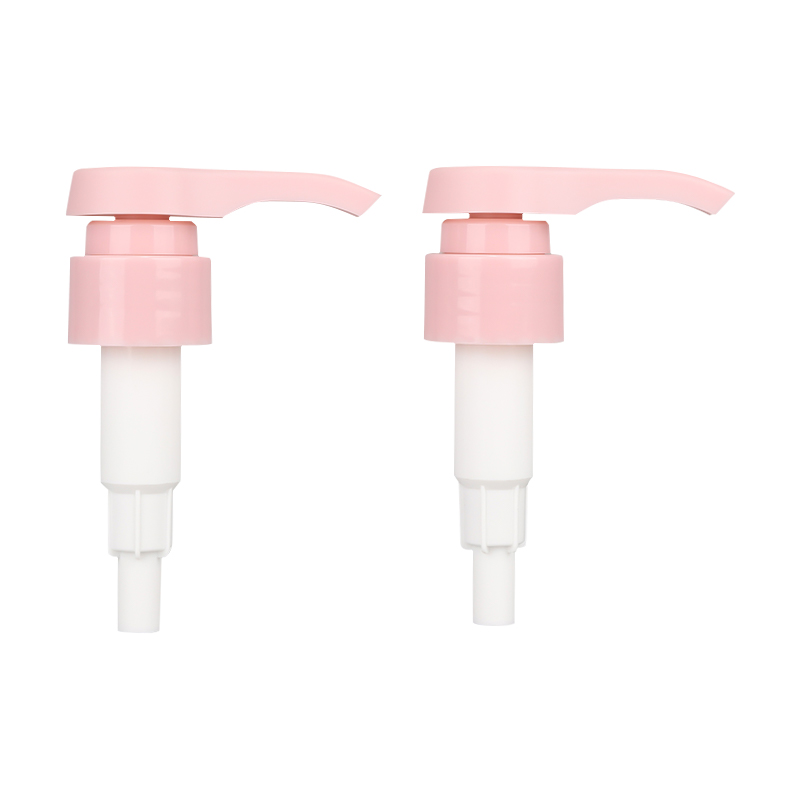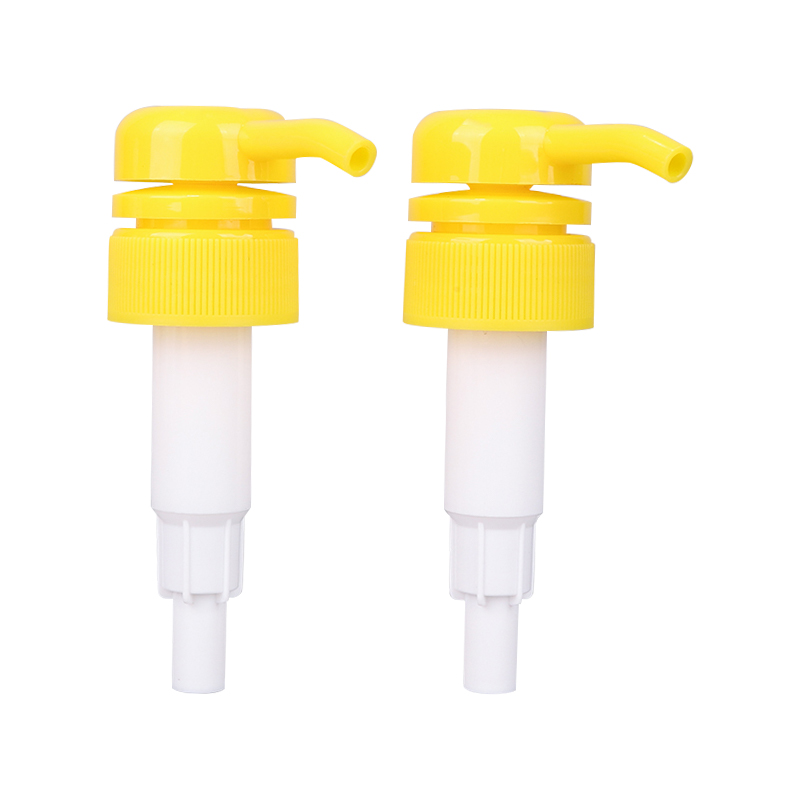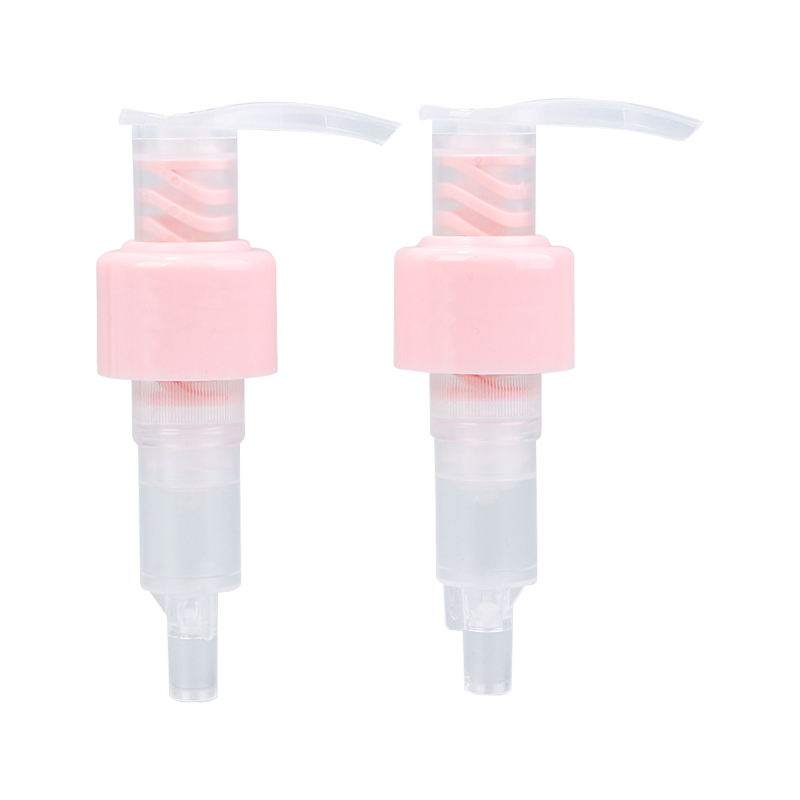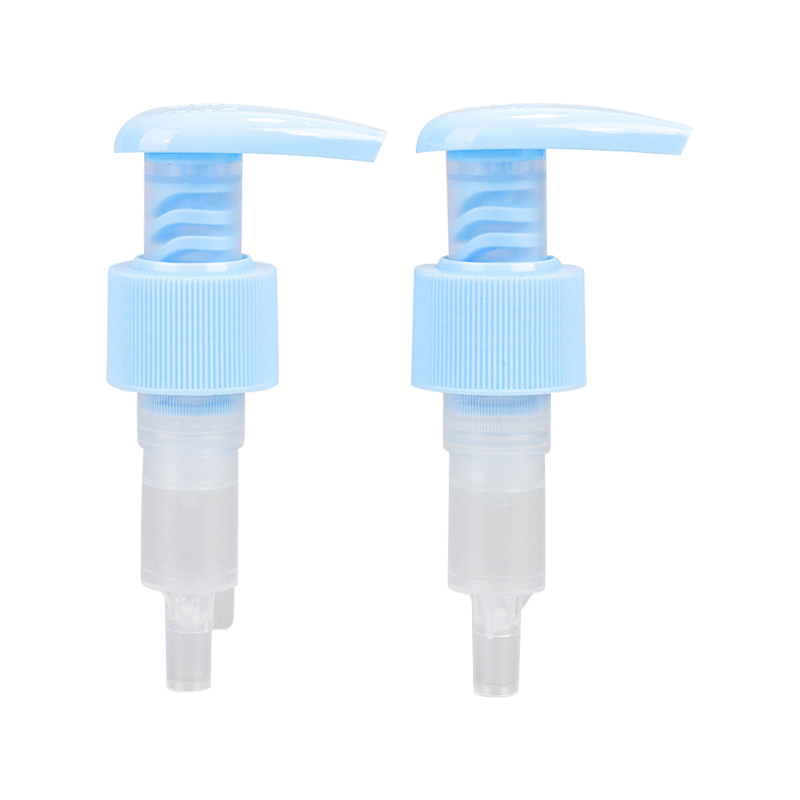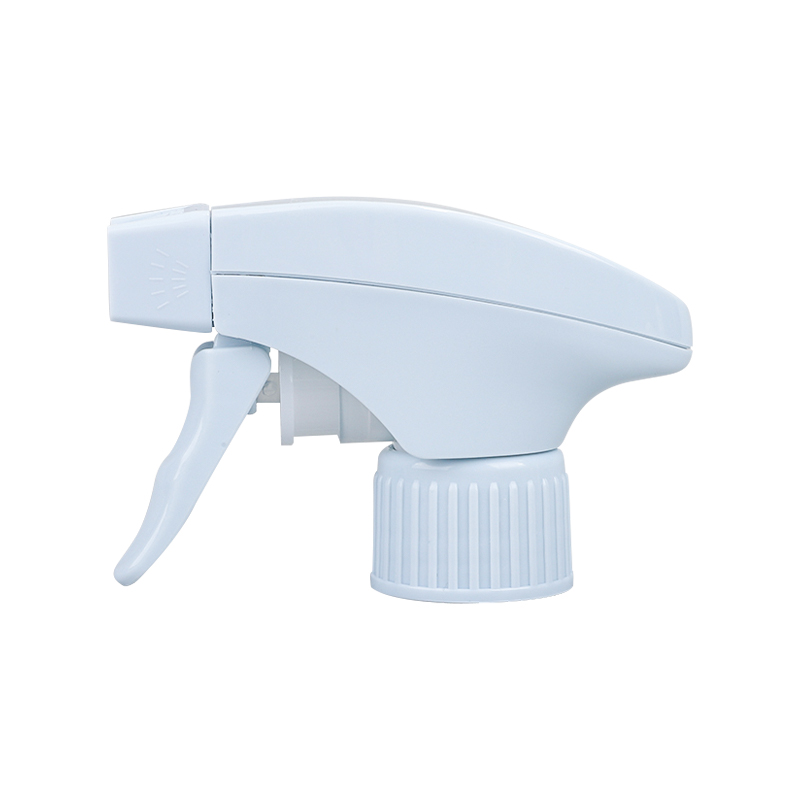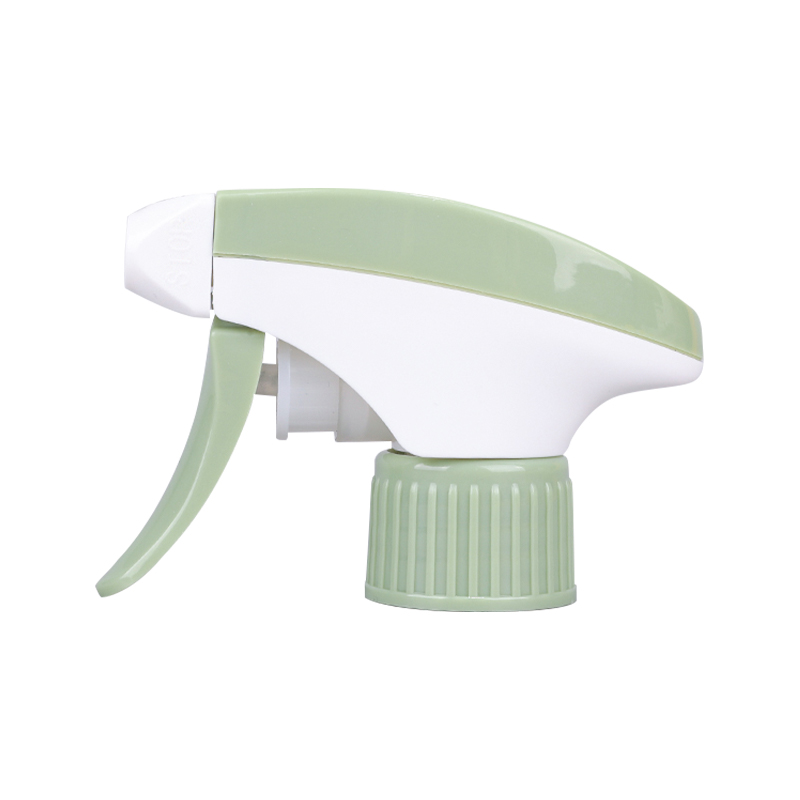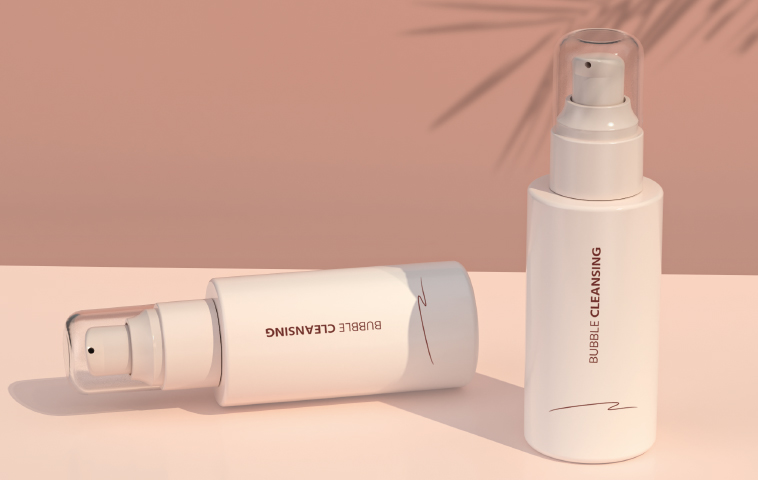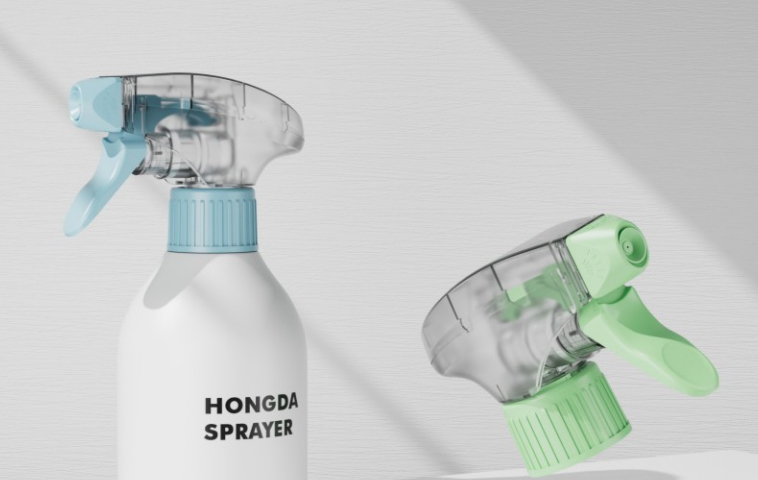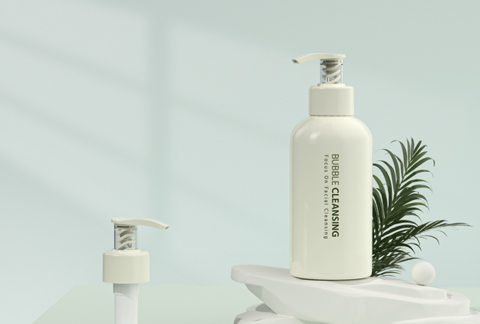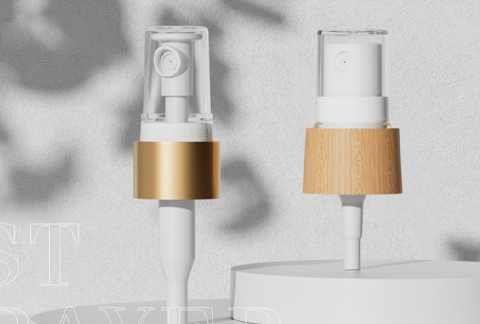The mechanism within a Full Plastic Lotion Pump plays a pivotal role in handling different product viscosities, such as lotions, creams, or gels. For thicker products, such as heavy body creams or gels, the pump’s internal structure often incorporates a stronger, more robust spring or actuator. This adjustment enables the pump to exert the necessary force to overcome the product’s resistance to flow, ensuring smooth and consistent dispensing. Conversely, for lighter products, the pump mechanism can be fine-tuned to minimize the pressure required, thereby allowing for a more delicate flow of thinner lotions or serums. This design flexibility ensures that regardless of the viscosity, the pump performs optimally, reducing the risk of clogging or ineffective dispensing.
The nozzle and valve configurations of the Full Plastic Lotion Pump are critical components that manage the flow rate and pressure during dispensing. For products with high viscosity, such as thick creams or pastes, the diameter of the nozzle can be increased to accommodate the thicker consistency, preventing any blockage or hindrance in the dispensing process. Incorporating specialized valves that are designed to handle viscous formulations can prevent common issues such as backflow or clogging, which could otherwise impede the flow of product. These valves are often engineered to ensure that the flow rate is smooth and consistent, even when handling high-viscosity materials. Certain pumps can integrate a soft-touch valve system, providing users with the ability to dispense a specific amount of product with ease, even for thicker formulations.
The stroke length of a lotion pump defines how far the pump’s actuator moves, directly influencing the volume of product dispensed. This aspect becomes particularly important when dealing with different viscosities, as thicker formulations often require longer strokes to allow the pump mechanism to expel enough product. A longer stroke ensures that the thicker products are dispensed in adequate quantities without needing multiple actuations. In contrast, a shorter stroke length can be optimized for lighter products, preventing the over-dispensing of runny liquids, which could lead to product wastage. Customizable stroke lengths can thus be incorporated into Full Plastic Lotion Pumps, allowing users to select the ideal length for their product, ensuring both precision and efficiency in dispensing.
The material composition of the Full Plastic Lotion Pump is an essential factor in determining its compatibility with various viscosities. The material must be able to withstand the physical pressures exerted during the dispensing process, particularly when handling thick creams or gels. Typically, Full Plastic Lotion Pumps are made from durable and chemical-resistant plastics like polypropylene (PP) or polyethylene terephthalate (PET). These materials are chosen for their resistance to chemical reactions and their ability to maintain structural integrity when in contact with lotions, oils, or gels. For specialized products, such as those containing active ingredients or oil-based formulations, the material can be further customized to ensure it does not degrade or react with the lotion, cream, or gel.
In the case of heavy creams, gels, or other highly viscous products, pressure build-up within the pump can become an issue. Excessive pressure can impede the dispensing action, cause the pump to malfunction, or lead to inconsistent product delivery. To combat this, Full Plastic Lotion Pumps can be equipped with pressure-relief valves. These valves are strategically placed to release excess pressure when the internal force becomes too high, ensuring that the pump operates smoothly, even with thicker formulations. This feature is particularly important for products that are sensitive to temperature fluctuations or when the viscosity of the product changes during the dispensing process.

 English
English русский
русский Français
Français Español
Español italiano
italiano